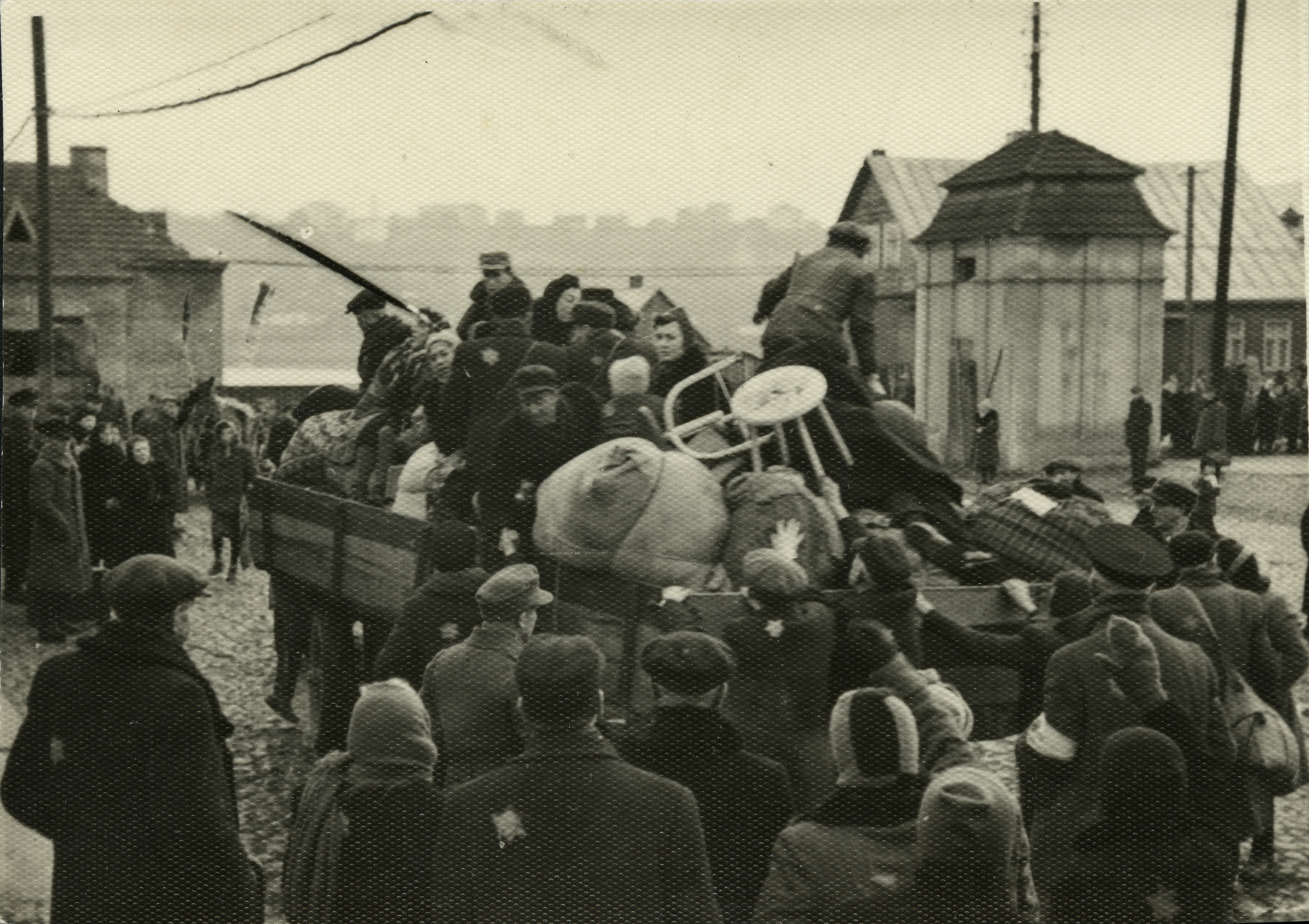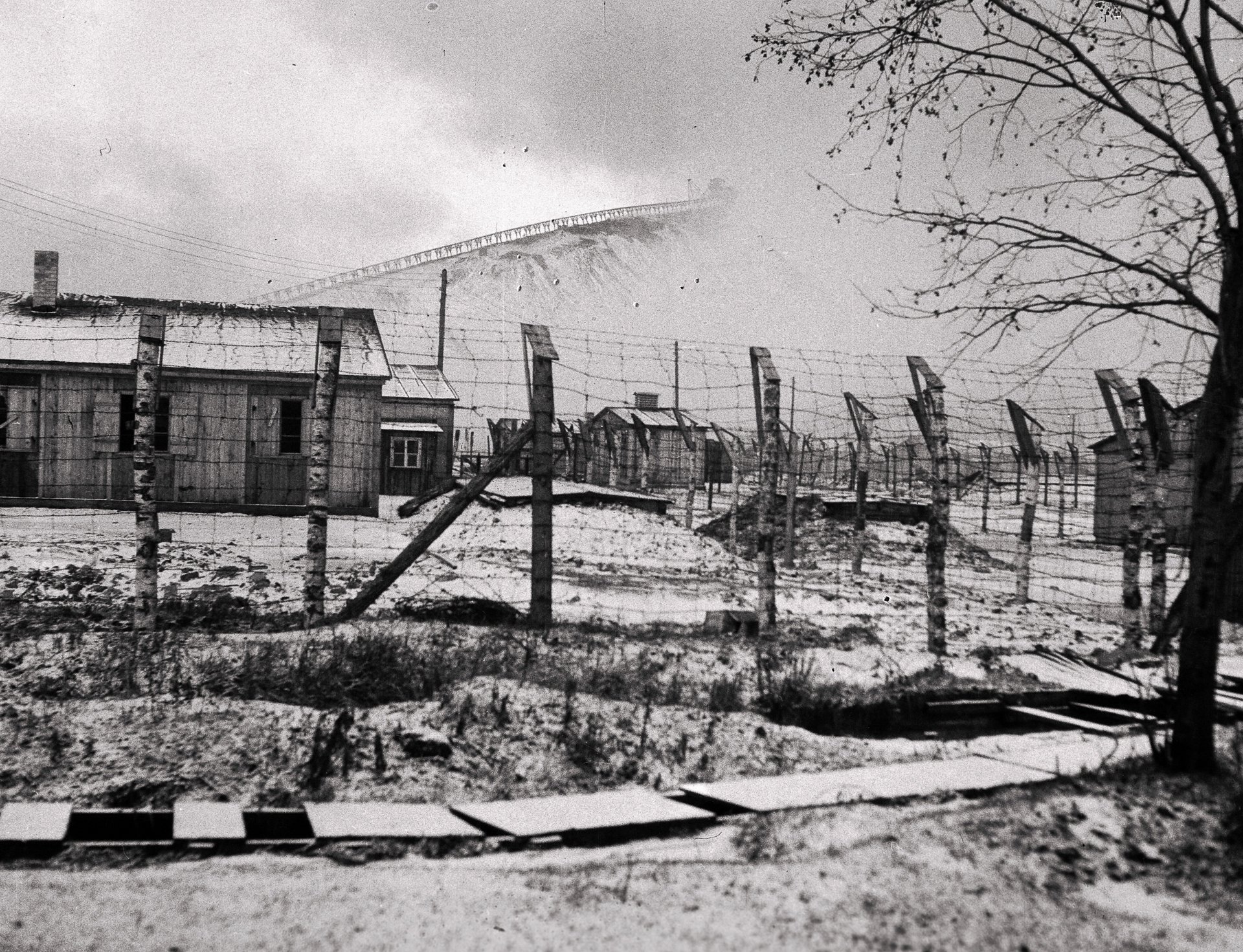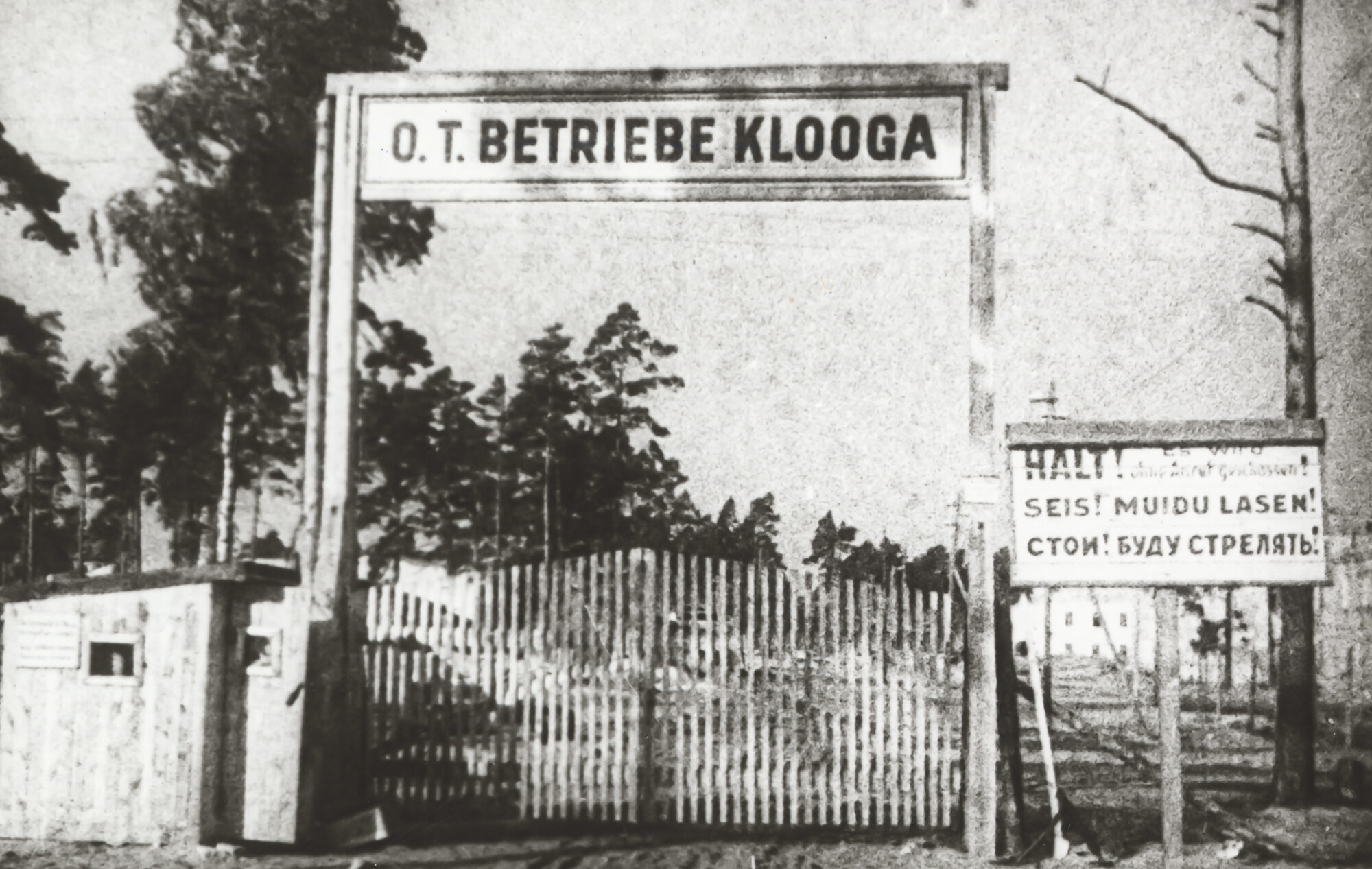Before World War II, approximately 4,400 Jews lived in Estonia. In June of 1941, up to 400 Estonian Jews were among the approximately 10,000 Estonians deported to Siberia by the order of the highest leadership of the USSR. After war between Germany and the Soviet Union broke out in June of 1941, nearly 3,000 Jews were evacuated from Estonia to the Soviet Union. Up to the end of 1941, approximately 1,000 Jews, who remained in their homeland, were arrested by the order of the German occupation authorities. Estonian police forces under the command of the German Security Police and SD carried out their arrest, subsequent interrogation and registration. By the beginning of 1942, all arrested Jews had been secretly executed by the order of the German Security Police and SD. Only a few individuals managed to hide until the end of the war. In a report dated 31 January 1942 by the chief of the Security Police and SD in Ostland Walter Stahlecker, who was responsible for the extermination of the Jewish population in the Baltic countries, Estonia was declared to be “free of Jews”.
In September of 1942 and during 1943–1944, an estimated 12,500 Jews were brought to Estonia from Germany and occupied countries. Of these, only approximately 100 were still alive in Estonia after the German retreat. An estimated 7,000–8,000 Jews died or were killed in Estonia, while over 4,600 were taken to camps in other countries, where the majority of them perished.
The German Security Police was in charge of the 1942 deportations to Estonia. In September of 1942, approximately 1,000 Jews from the Terezín (Theresienstadt) ghetto in Bohemia arrived by train at Raasiku station. Shortly thereafter, approximately the same number of Jewish deportees arrived from Frankfurt am Main and Berlin in Germany. Four to five hundred younger people were placed in camps administrated by the security police, among others in Jägala camp near Tallinn. The remainder (approximately 1,600) were killed on the day that the echelons arrived at the Kalevi-Liiva military training site, located near Raasiku. Estonian camp guards and policemen participated in the mass-shooting.
A total of 1,800–2,000 people were killed at Kalevi-Liiva, not only Jewish deportees, but probably also several dozen Estonian Roma. When the Jägala camp was disbanded in 1943, the prisoners were sent to other camps in Estonia. At least 74 of these survived the war. In June of 1944, approximately 300 men from the Drancy transit camp in France (known as “Convoy 73”) were sent to a camp in Tallinn run by security police. In September, the 34 survivors were evacuated to Stutthof concentration camp (nowadays in Poland).
Starting in August of 1943, a large group of Jews was deported to Vaivara concentration camp, which was composed of nearly 20 subsidiary camps and was subordinated to the command of the SS Main Economic and Administrative Department (SS Wirtschafts-Verwaltungshauptamt) in Berlin. Vaivara concentration camp operated until September of 1944. Vaivara concentration camp had approximately 10,000 Jewish inmates and a large part of them performed slave labour in the shale oil industry in Eastern Estonia. Most of them were deported in 1943 from ghettos in Lithuania, others came from Latvia and, in 1944, some from territories controlled by Hungary. Nearly one third of the inmates died in Estonia as a result of the severe conditions, or of being deemed unfit for work and then being sent to other camps where they were executed. Another third was evacuated in August of 1944 to Stutthof concentration camp, and the remaining third were murdered when the camp was disbanded. The last couple of thousand inmates of the Vaivara camp system were sent to Klooga; only 100 or so managed to escape the final mass-murder on 19 September 1944.



